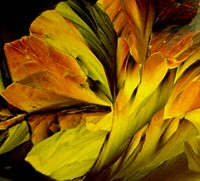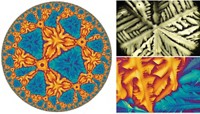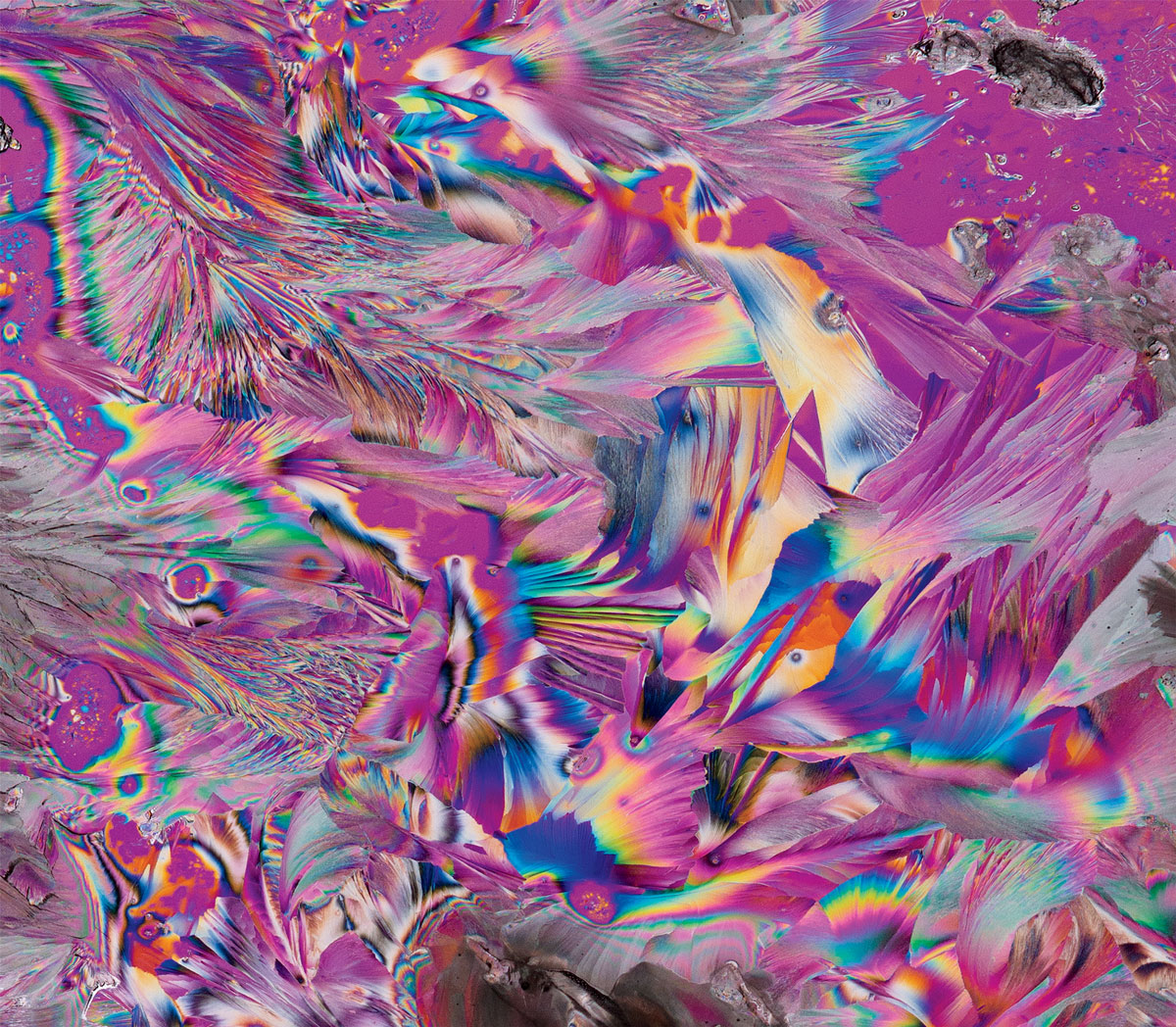Advertisement
Grab your lab coat. Let's get started
Welcome!
Welcome!
Create an account below to get 6 C&EN articles per month, receive newsletters and more - all free.
It seems this is your first time logging in online. Please enter the following information to continue.
As an ACS member you automatically get access to this site. All we need is few more details to create your reading experience.
Not you? Sign in with a different account.
Not you? Sign in with a different account.
ERROR 1
ERROR 1
ERROR 2
ERROR 2
ERROR 2
ERROR 2
ERROR 2
Password and Confirm password must match.
If you have an ACS member number, please enter it here so we can link this account to your membership. (optional)
ERROR 2
ACS values your privacy. By submitting your information, you are gaining access to C&EN and subscribing to our weekly newsletter. We use the information you provide to make your reading experience better, and we will never sell your data to third party members.
Food Science
Chemistry In Pictures
Chemistry in Pictures: Iridescent chocolate
by Manny I. Fox Morone
May 27, 2020
Materials with so-called structural color don’t use pigments to create pink, green, or blue—or in the case of this piece of chocolate, all the colors of the rainbow. The principle behind many structural colors is a series of micrometer-size surface features that are small enough to interact with and amplify specific wavelengths of light, thus creating various colors. Samy Kamkar, a security researcher who took on this project in his spare time, figured he could make tiny surface features on chocolate by molding the melted candy onto a 500 line/mm diffraction grating under vacuum.

After the chocolate cooled, the diffraction grating had transferred all those lines, which are each about 2 µm wide, to the surface of the chocolate and produced this colorful result. He notes that it doesn’t feel any different on his tongue compared with non-textured chocolate and that tempering the chocolate may help the microtexture last longer.
Credit: Samy Kamkar. You can follow @SamyKamkar on Twitter
Do science. Take pictures. Win money. Enter our photo contest here.





Join the conversation
Contact the reporter
Submit a Letter to the Editor for publication
Engage with us on Twitter